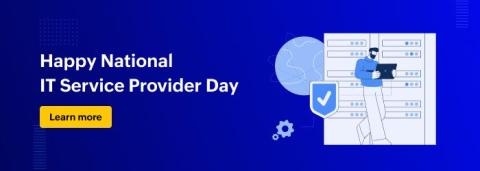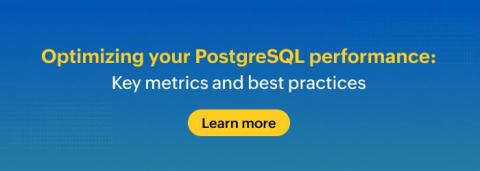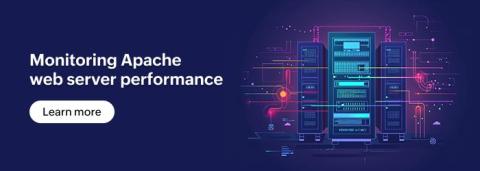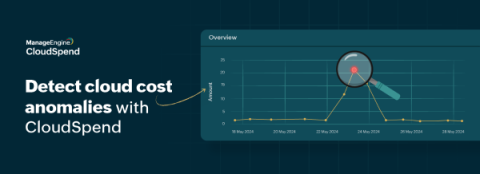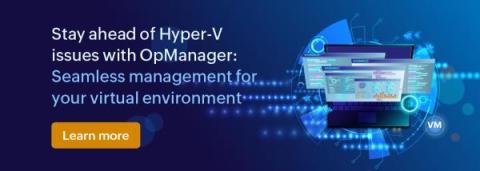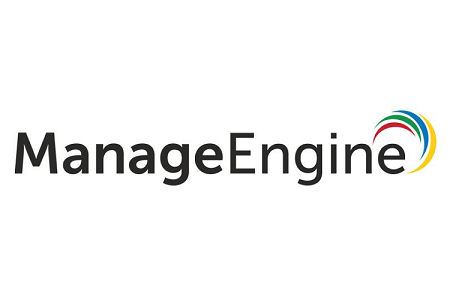Top tips: Use generative AI to enhance your content
Top tips is a weekly column where we highlight what’s trending in the tech world today and list out ways to explore these trends. In this week’s edition, we’re going over how generative AI can help content creators improve the quality of the content they put out. ChatGPT’s release in November 2022 launched generative AI to the very forefront of the technological landscape. For a few months after that, it seemed like all people were talking about was generative AI (GenAI).




